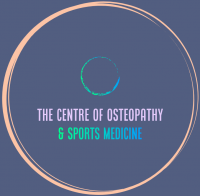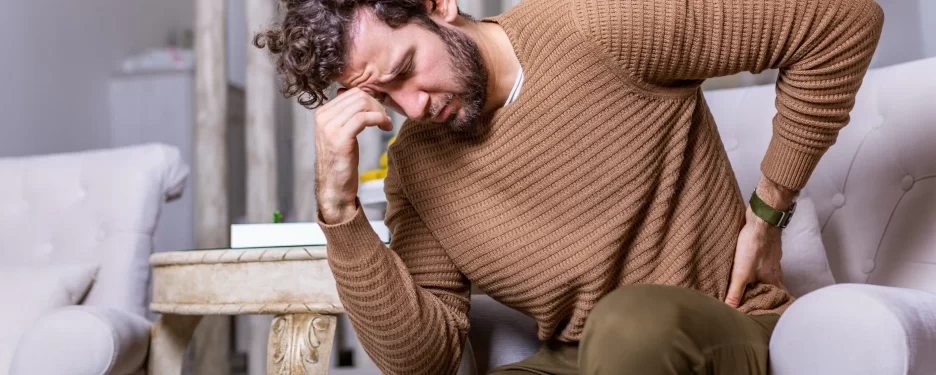Muscular spasms are involuntary contractions of a muscle or a group of muscles. They can be caused by a variety of factors, including overuse, acute traumatic injury, dehydration and electrolyte imbalances. While muscular spasms can be painful and uncomfortable, they are usually not serious and can be treated with rest, hydration, stretching and manual therapy.
However, if the muscle spasm is severe or prolonged, it can lead to muscular guarding. Muscular guarding is a protective mechanism in which the muscles surrounding an injured area contract to protect from further damage. While this can be helpful in the short term, it can also prolong the symptoms of the injury. Muscular guarding can occur in any muscle of the body, but it is most common in the back and neck muscles.
To treat muscular guarding, it is important to address the underlying injury or condition that is causing it. This may involve rest, ice, compression and elevation (RICE) to reduce inflammation and pain. Osteopathic treatment, different soft tissue techniques and dry needling can also be helpful in reducing pain, promoting healing, reducing muscle tension and improve circulation around the injured area. Rehab exercises can also be used to help improve range of motion and strength in the affected muscle. These exercises may include stretching, strengthening and articulation exercises as well as advice on how to use and function with the affected area to get rid of the protective mechanism.
It is important to work with a healthcare professional to develop an adequate treatment program that is tailored to your specific needs. An osteopath can support you with the right treatment and rehabilitation, helping you make a full recovery so that you can return to your normal activities as soon as possible.

